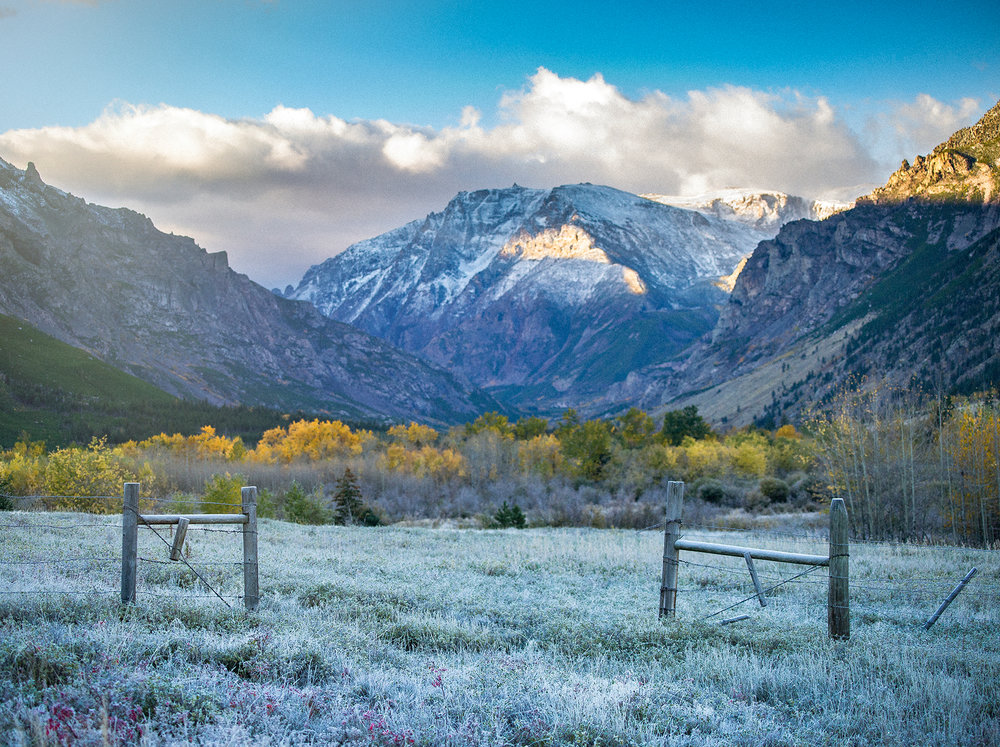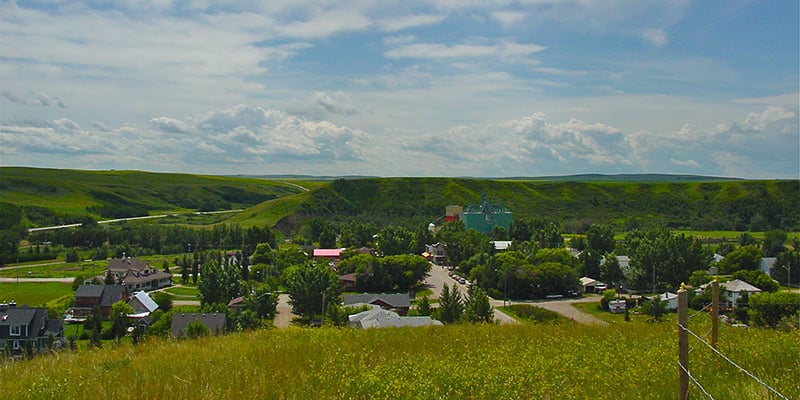Rosebud: Where the Wild West Still Lives
Rosebud: Where the Wild West Still Lives

Rosebud, South Dakota. It’s a name that conjures up images of rolling plains, rugged cowboys, and a history steeped in the heart of the American West. But is Rosebud just a dusty relic of the past, or is there more to this unique corner of the country? Let’s dig in and find out.
A Glimpse into the Past:
Related Articles: Rosebud: Where the Wild West Still Lives
- Discover the Vibrant World of Indian Tribes in New Mexico Today
- Unveil the Hidden Treasures of Native American Languages in Virginia
- Uncover the Enduring Legacy: Are Native Reservations Still Thriving?
- Unveil the Enchanting World of Tribal Reservations in Florida: Uncover Hidden Gems and Indigenous Wisdom
- Discover the Lost History of New York's Native Tribes
Rosebud’s story is intertwined with the history of the Lakota people, who have called this land home for centuries. The name "Rosebud" itself comes from the Lakota language, and it’s believed to refer to a particular type of wild rose that grows in the region.
The arrival of European settlers in the 19th century brought about dramatic changes, with the establishment of Fort Robinson and the subsequent reservation system. The Rosebud Indian Reservation, encompassing a vast swathe of land, was created in 1890, marking a turning point in the lives of the Lakota people.
Beyond the Reservation:
While the reservation is the most prominent aspect of Rosebud’s identity, it’s not the only story. The town of Rosebud itself, located on the reservation’s western edge, is a small but vibrant community with a rich cultural heritage.
Here, you’ll find a mix of traditional Lakota customs and modern-day life. The Rosebud Sioux Tribe, based in the town, plays a crucial role in preserving the Lakota language and culture, offering educational programs and cultural events throughout the year.
The Land of Wild Beauty:
Rosebud’s landscape is a feast for the eyes. Rolling hills, vast prairies, and the meandering Rosebud Creek paint a picture of untouched beauty. The region is home to a diverse array of wildlife, including bison, deer, elk, and a variety of birds.
For outdoor enthusiasts, Rosebud offers a haven for hiking, camping, and fishing. The Rosebud Creek is renowned for its trout fishing, attracting anglers from far and wide.

A Hub of Culture and Tradition:
Rosebud is not just a place of natural beauty; it’s also a vibrant cultural center. The annual Rosebud Fair, held in August, is a celebration of Lakota heritage, featuring traditional dances, powwows, and crafts.
The town also boasts a number of museums and art galleries showcasing the rich artistic traditions of the Lakota people. The Rosebud Sioux Tribal Museum, located in the heart of the town, offers a fascinating glimpse into the history and culture of the tribe.
Challenges and Opportunities:
Like many rural communities, Rosebud faces its share of challenges. Poverty, unemployment, and a lack of economic opportunities are pressing issues. However, there’s also a sense of resilience and a determination to build a brighter future.

The Rosebud Sioux Tribe is actively working to address these challenges, investing in education, healthcare, and economic development. The tribe’s focus on sustainable agriculture and renewable energy is creating new opportunities for the community.
A Journey of Discovery:
Rosebud is a place that invites you to slow down, breathe in the fresh air, and immerse yourself in a different way of life. It’s a place where you can learn about history, connect with nature, and experience the rich cultural heritage of the Lakota people.
Whether you’re an adventurous traveler, a history buff, or simply seeking a unique and authentic experience, Rosebud offers something special. It’s a place where the wild west still lives, and where the spirit of the Lakota people continues to thrive.
FAQ about Rosebud, South Dakota:

Q: What is the best time to visit Rosebud?
A: The best time to visit Rosebud depends on your interests. For warm weather activities like hiking and camping, summer is ideal. If you’re interested in attending the Rosebud Fair, August is the month to visit. Spring and fall offer pleasant temperatures and stunning scenery.
Q: What are some things to do in Rosebud?
A: There are plenty of things to do in Rosebud, from exploring the natural beauty of the region to immersing yourself in Lakota culture. Some popular activities include:
- Visiting the Rosebud Sioux Tribal Museum
- Hiking or camping in the surrounding hills and prairies
- Fishing in the Rosebud Creek
- Attending the Rosebud Fair
- Visiting art galleries and cultural centers
- Learning about the history of the Lakota people
Q: How can I get to Rosebud?
A: The nearest airport to Rosebud is the Rapid City Regional Airport (RAP), which is about a 2-hour drive from the town. You can also reach Rosebud by car, taking Interstate 90 to Exit 113 and then following Highway 44.
Q: What is the cost of living in Rosebud?
A: The cost of living in Rosebud is relatively low compared to other parts of the country. Housing, food, and utilities are generally more affordable.
Q: What are some of the challenges facing Rosebud?
A: Rosebud faces a number of challenges, including poverty, unemployment, and a lack of economic opportunities. The tribe is working to address these challenges through investments in education, healthcare, and economic development.
Q: What is the future of Rosebud?
A: The future of Rosebud is bright, with the tribe focusing on sustainable development and economic diversification. The community is working to create a brighter future for generations to come, preserving its rich cultural heritage while embracing new opportunities.
Rosebud is a place that defies easy categorization. It’s a place of history, beauty, and resilience, where the past and the present intertwine to create a unique and unforgettable experience.

Closure
Thus, we hope this article has provided valuable insights into Rosebud: Where the Wild West Still Lives. We appreciate your attention to our article. See you in our next article!